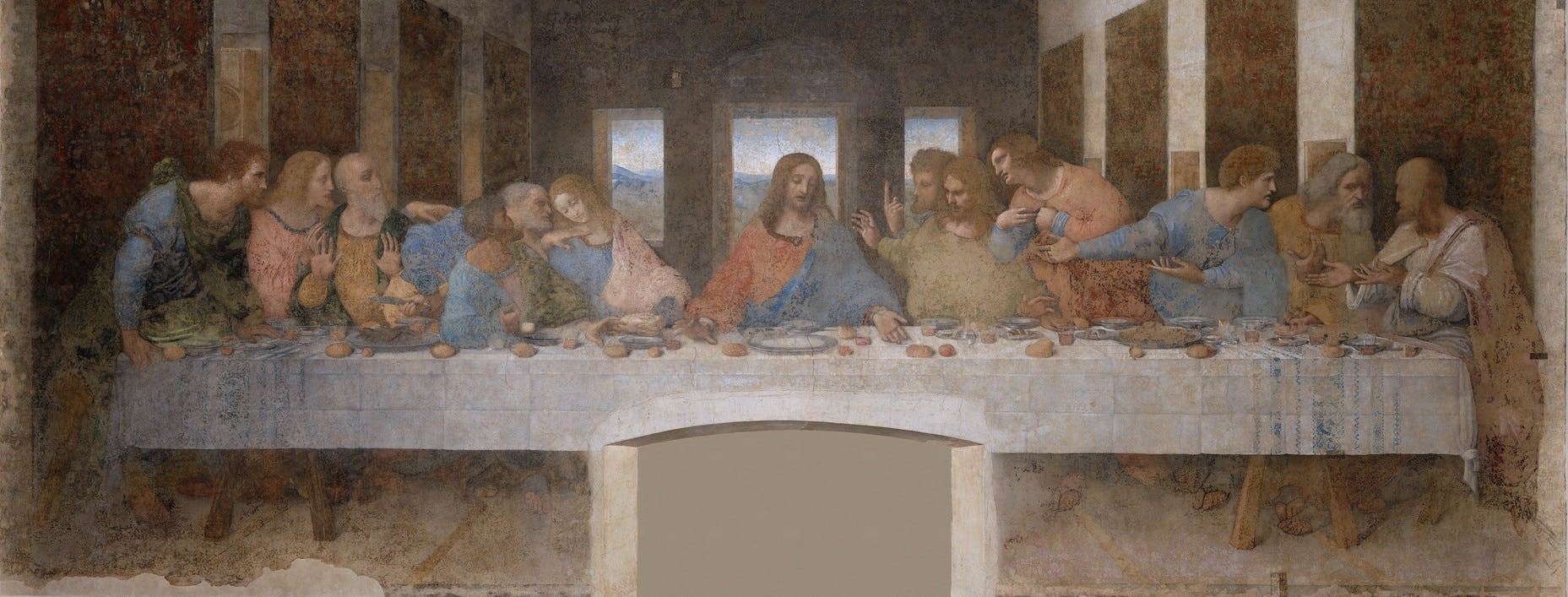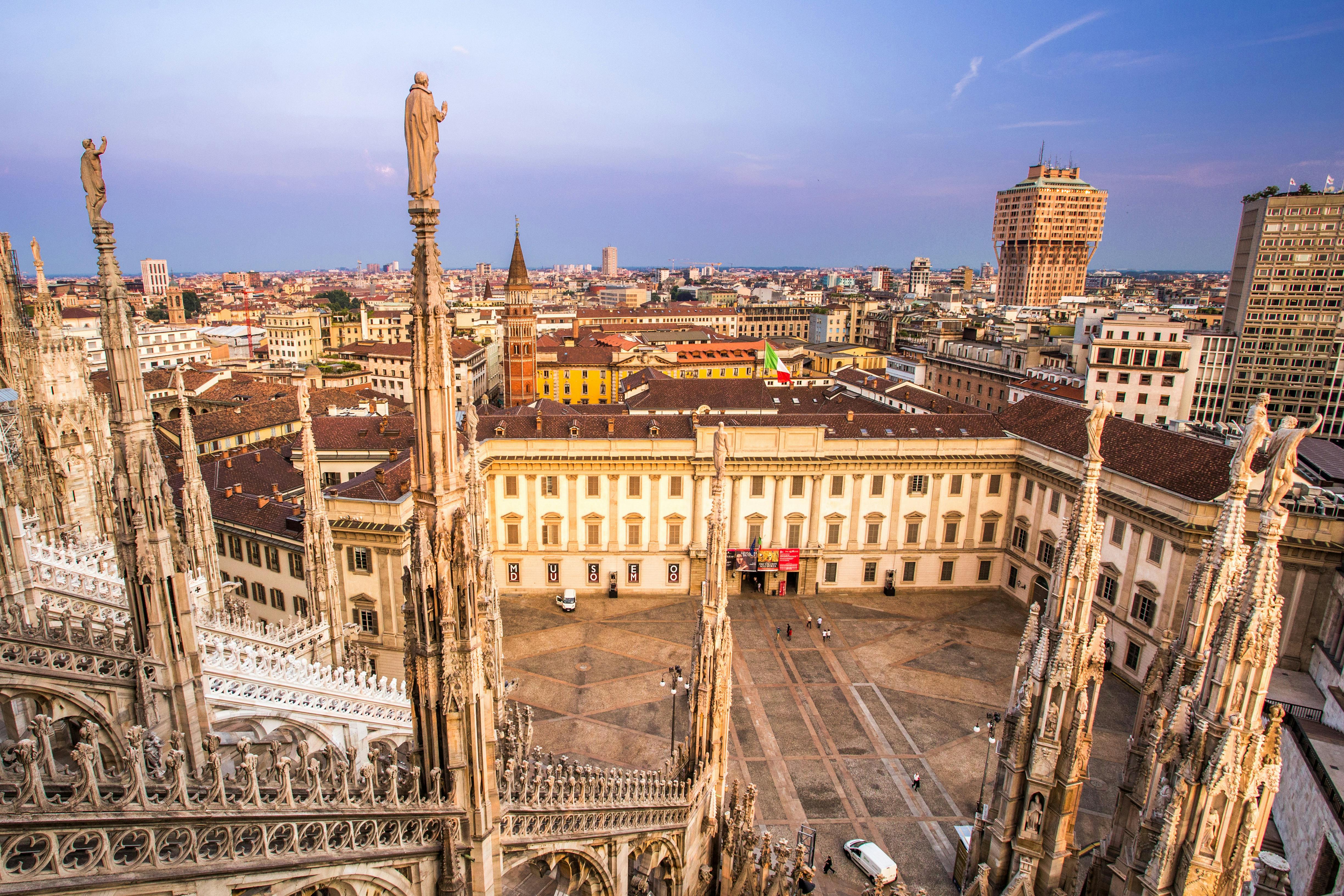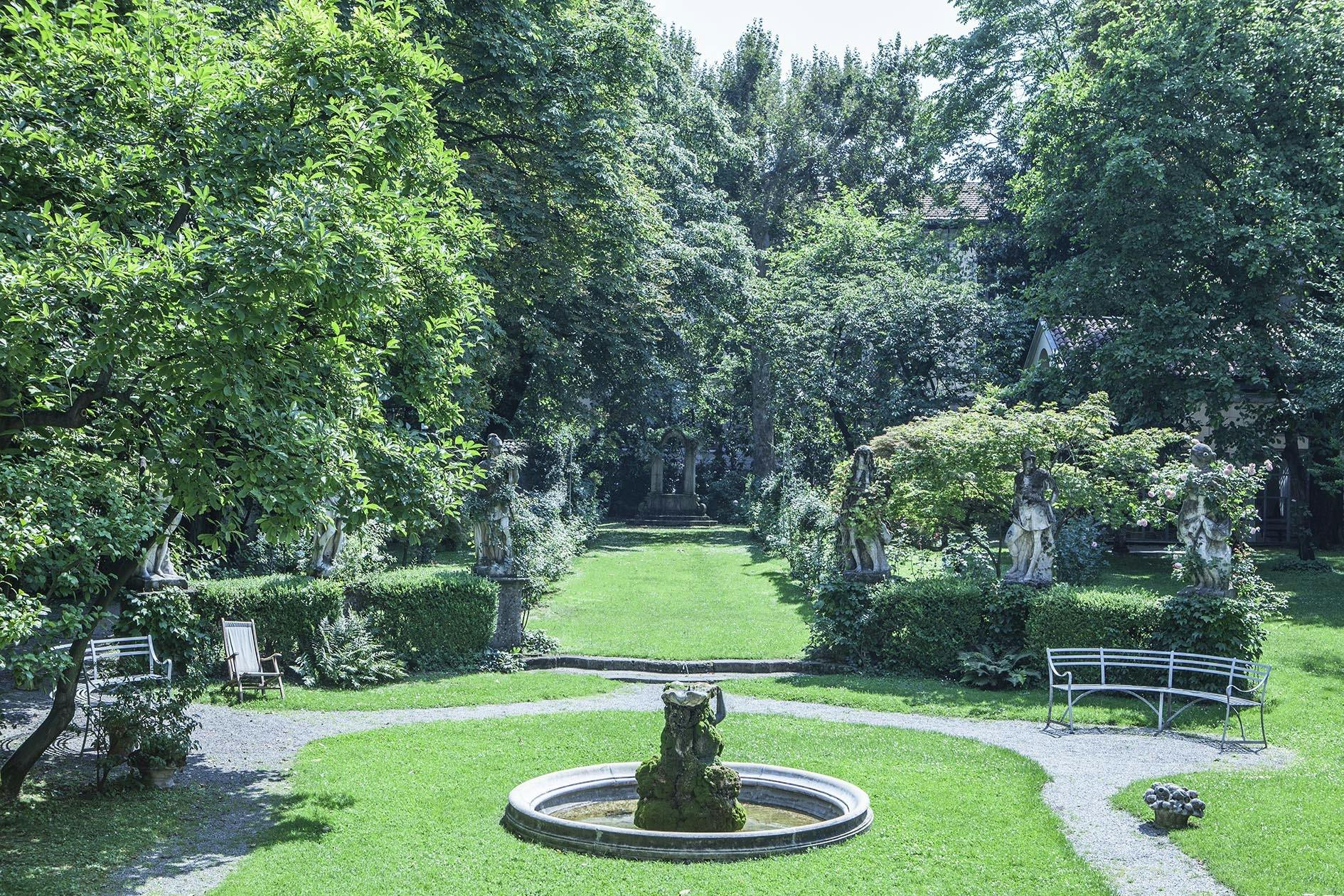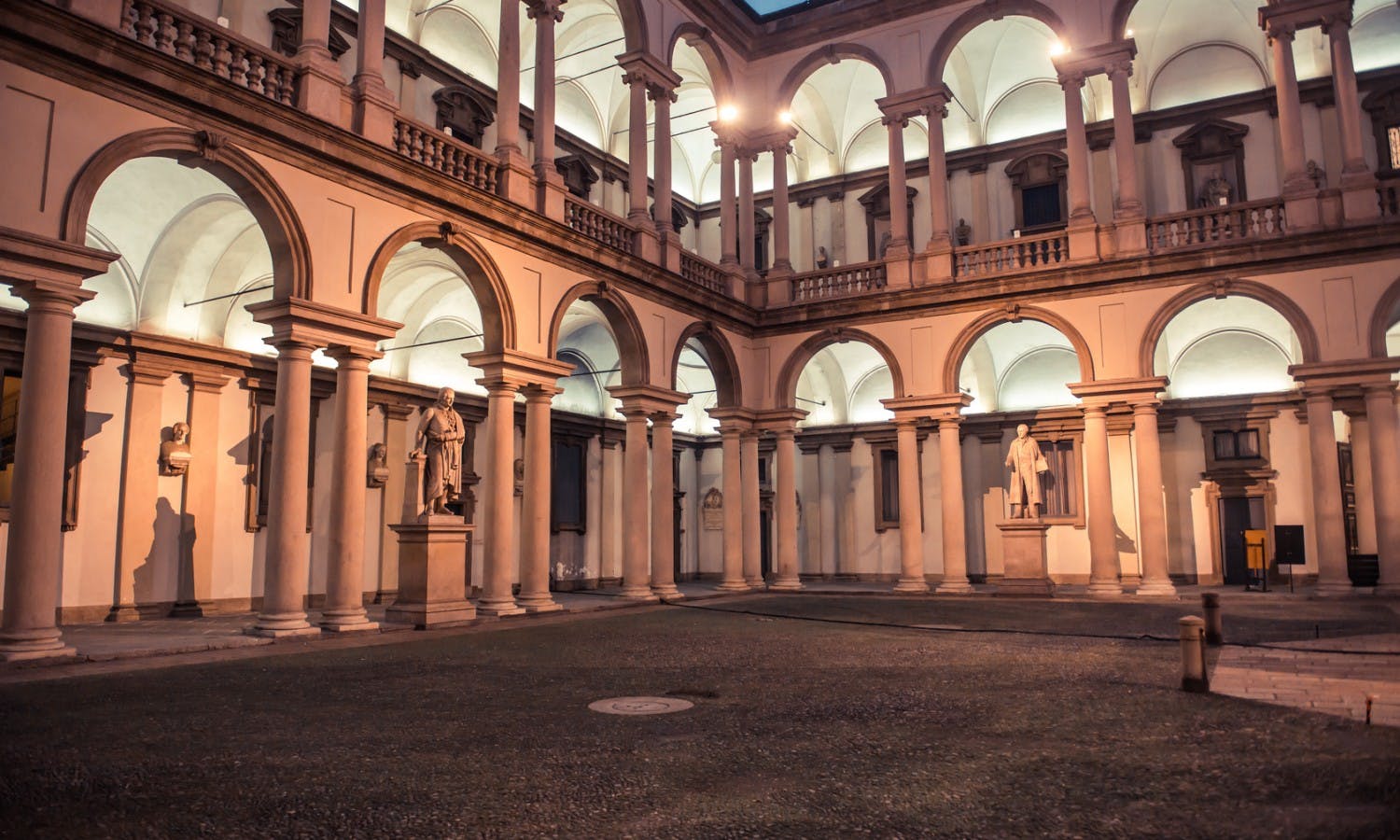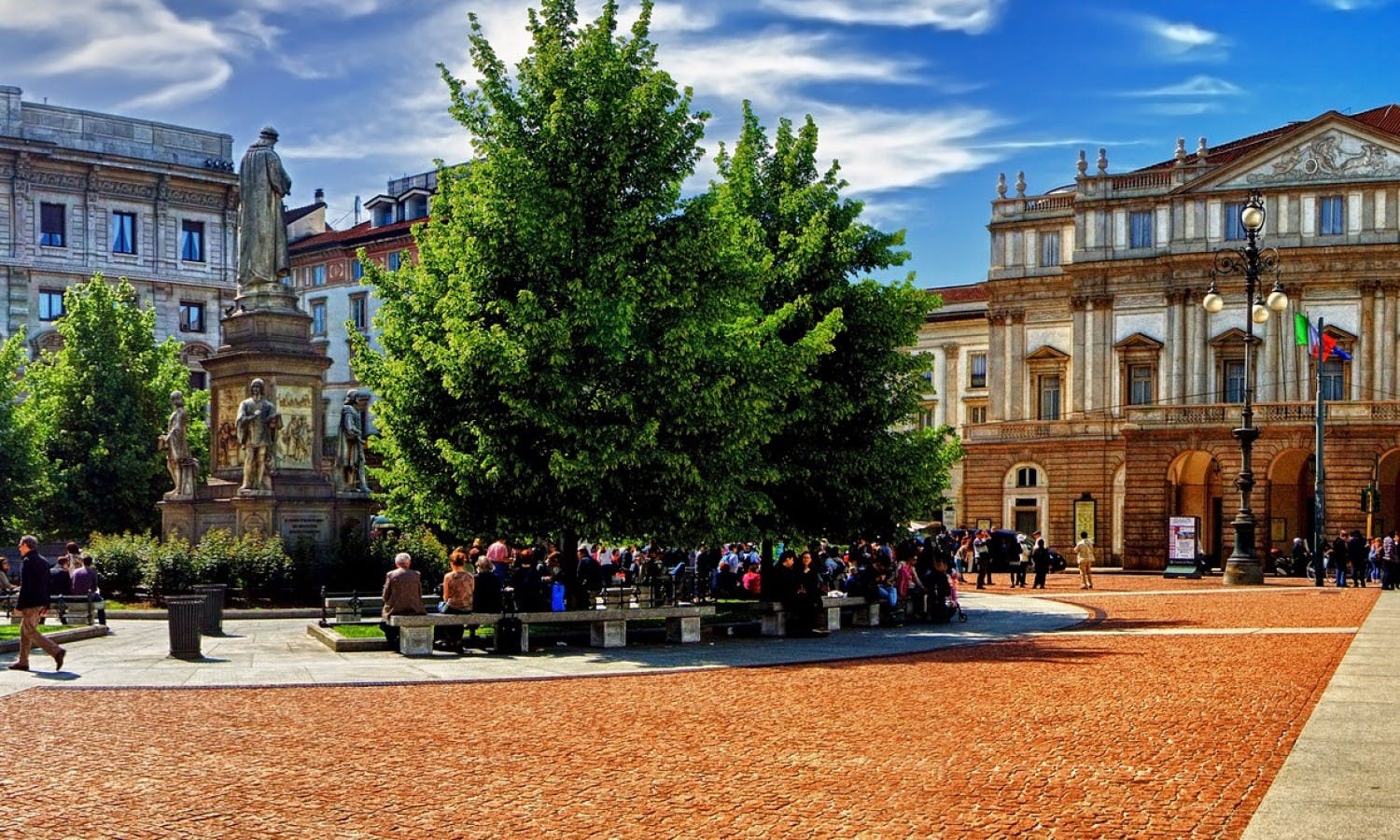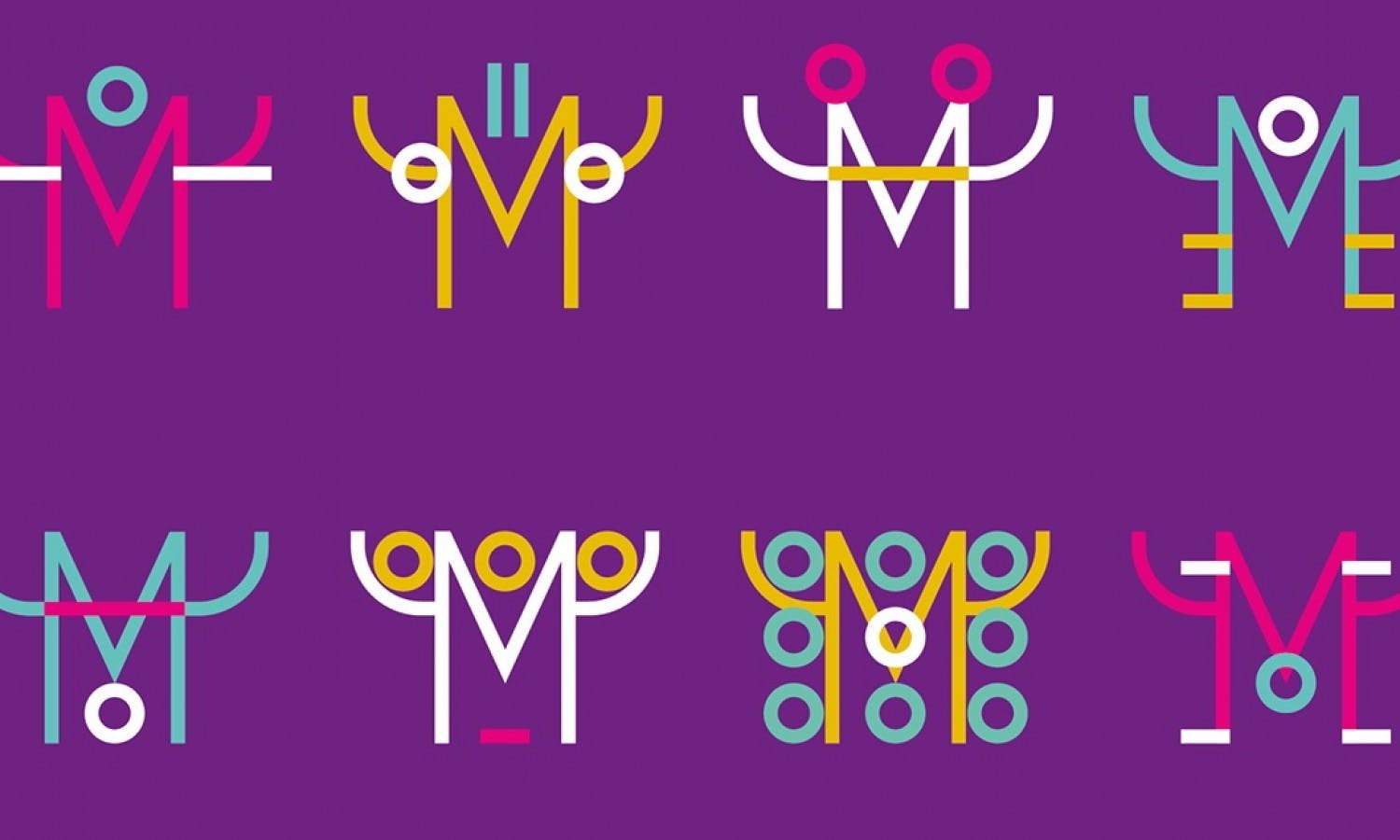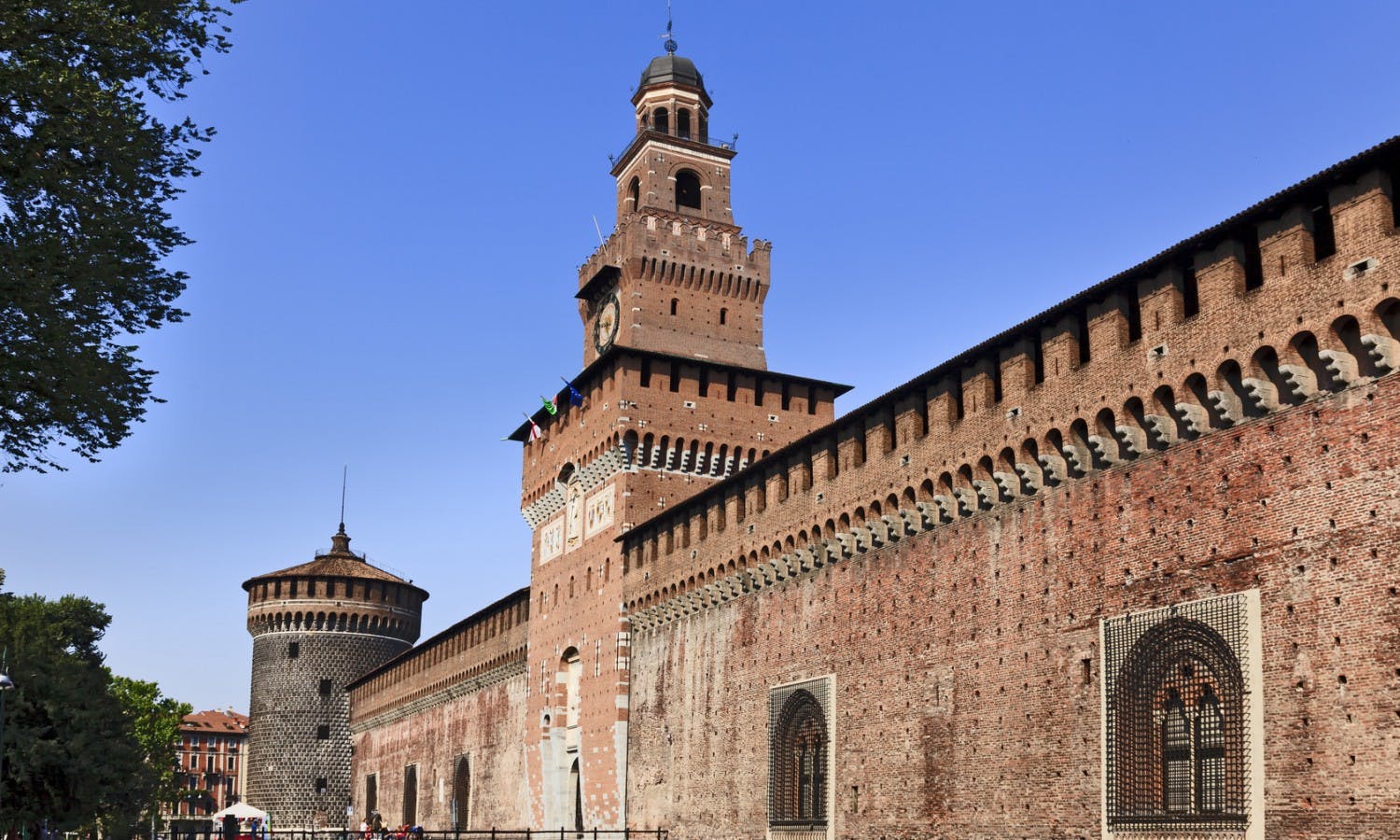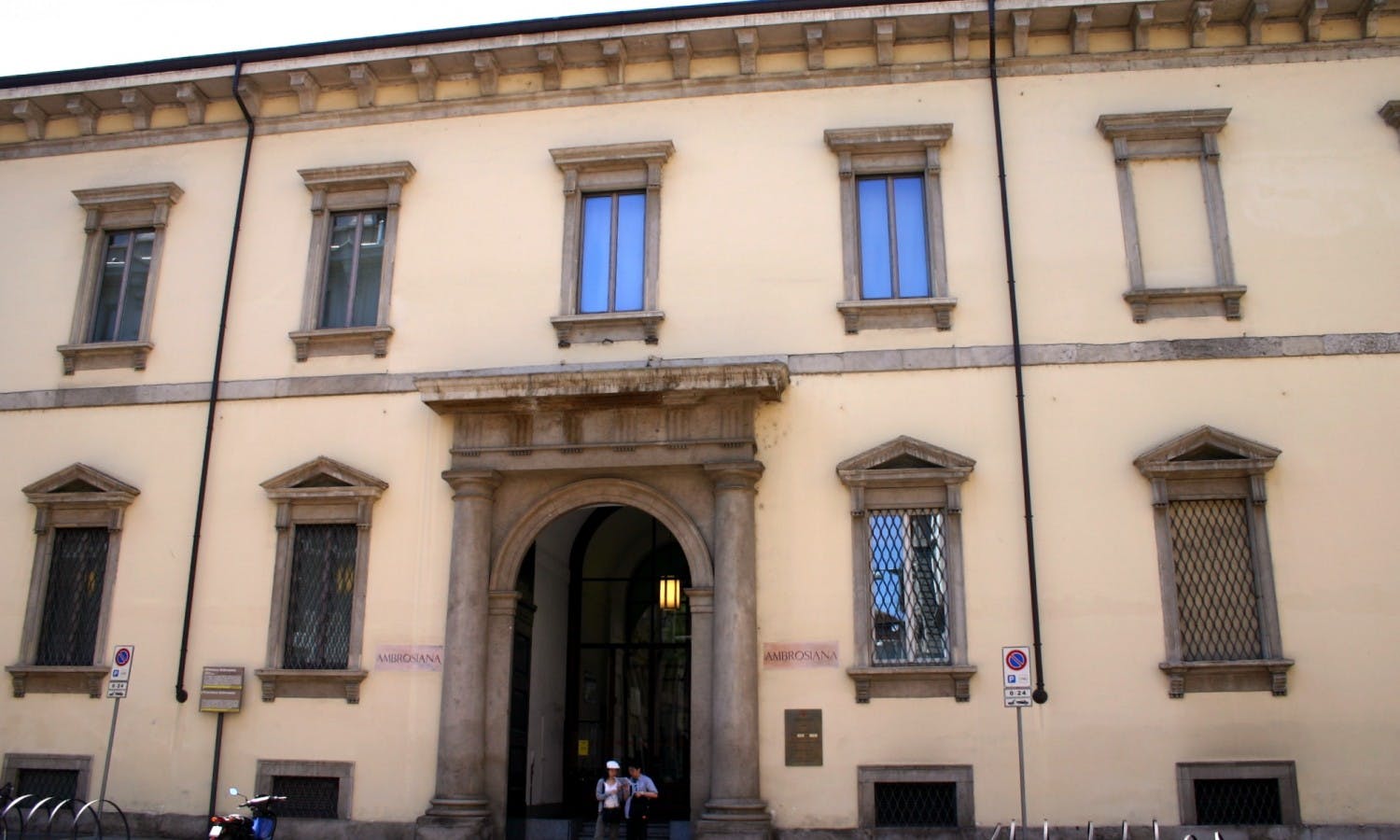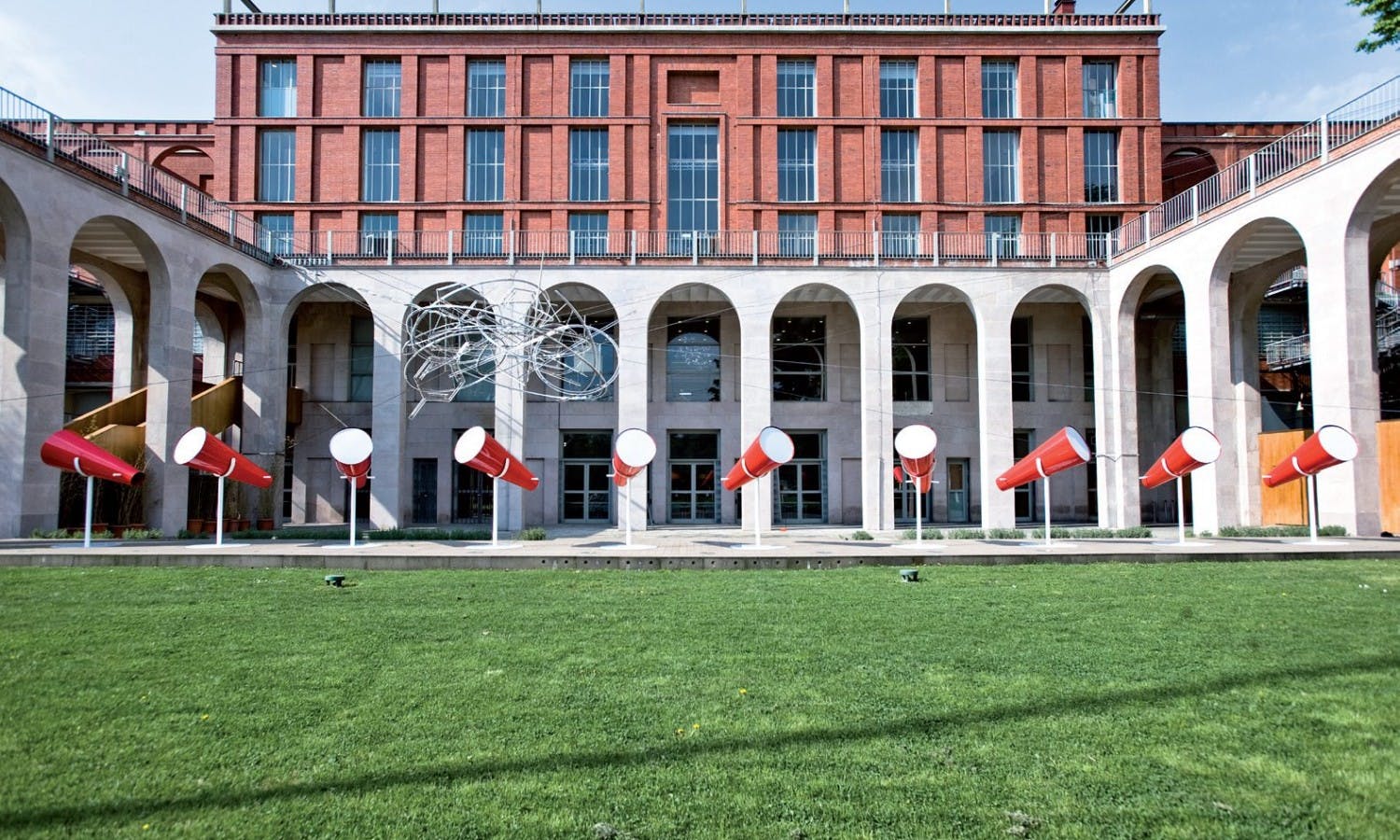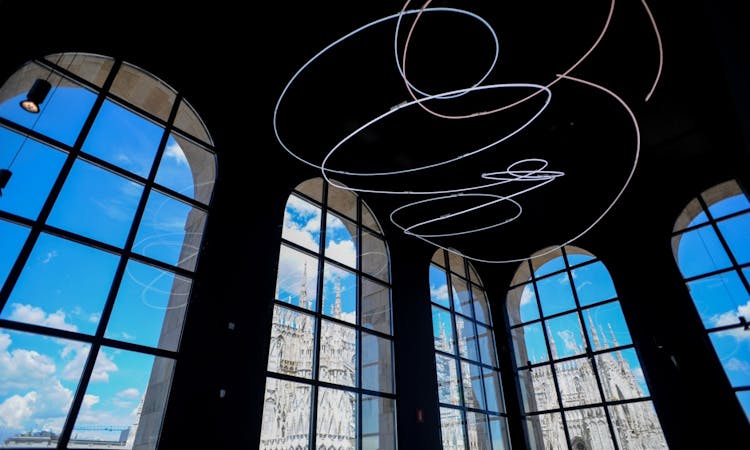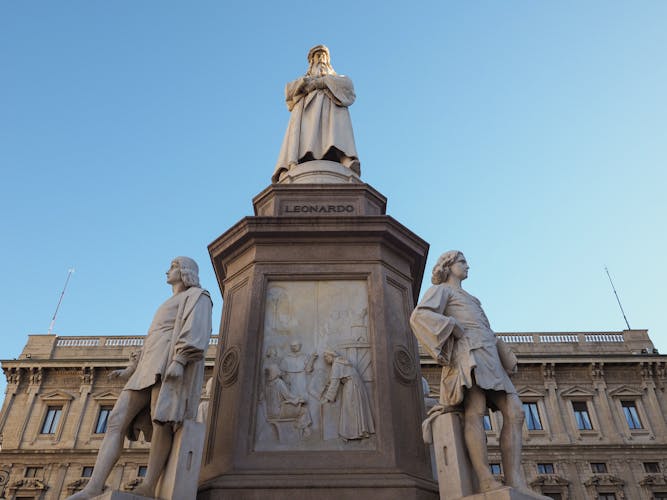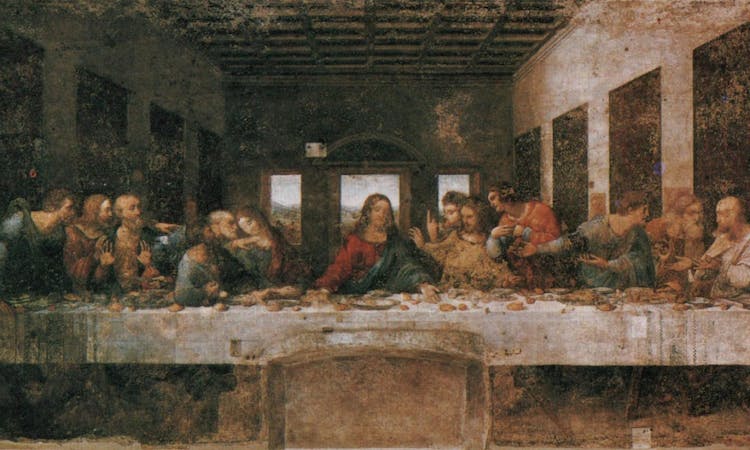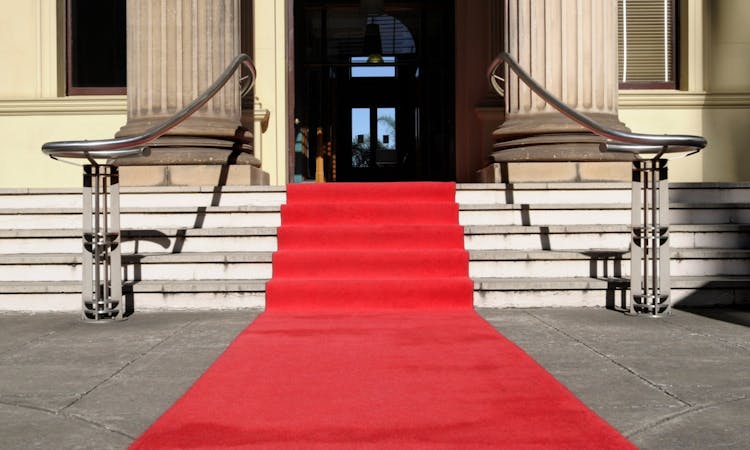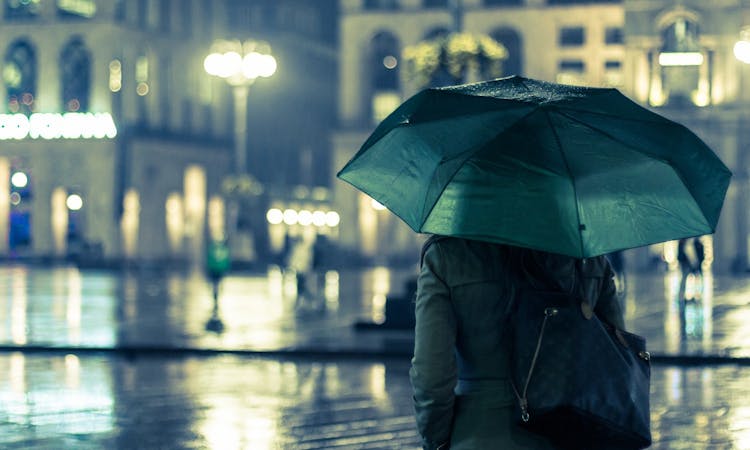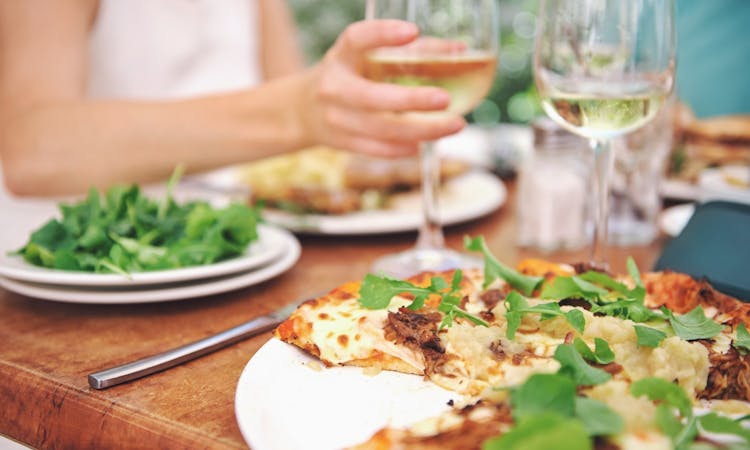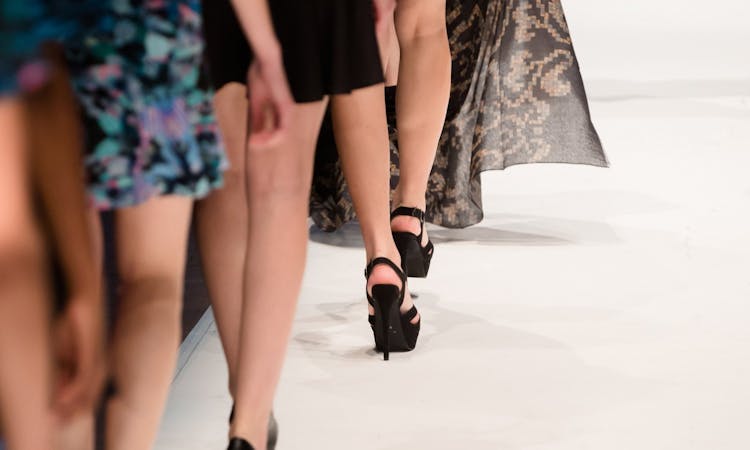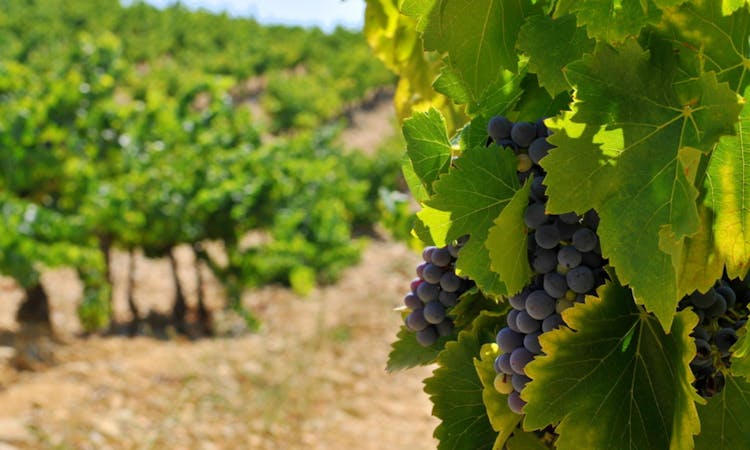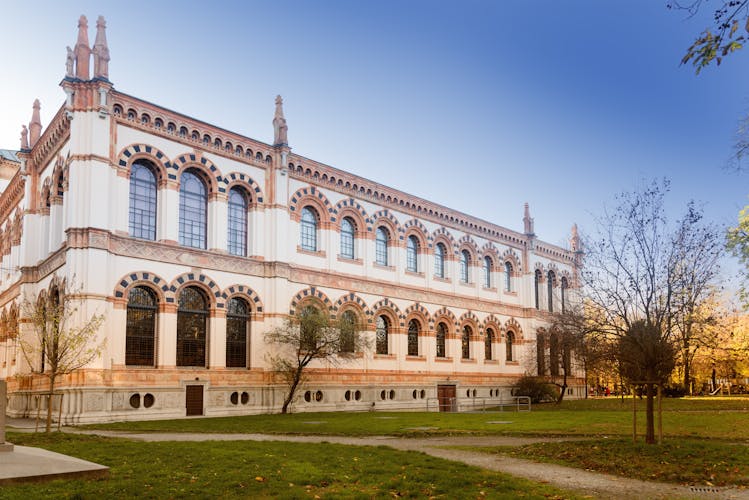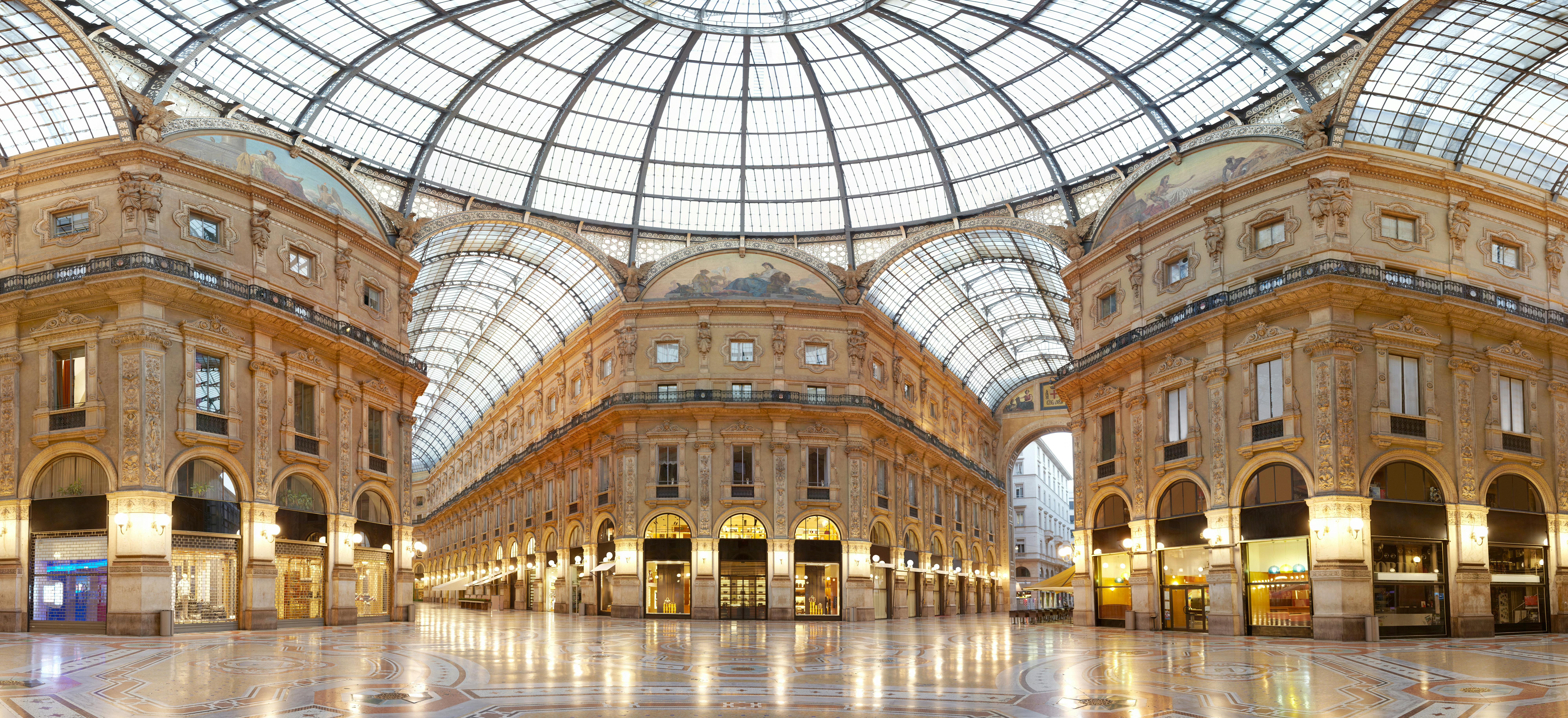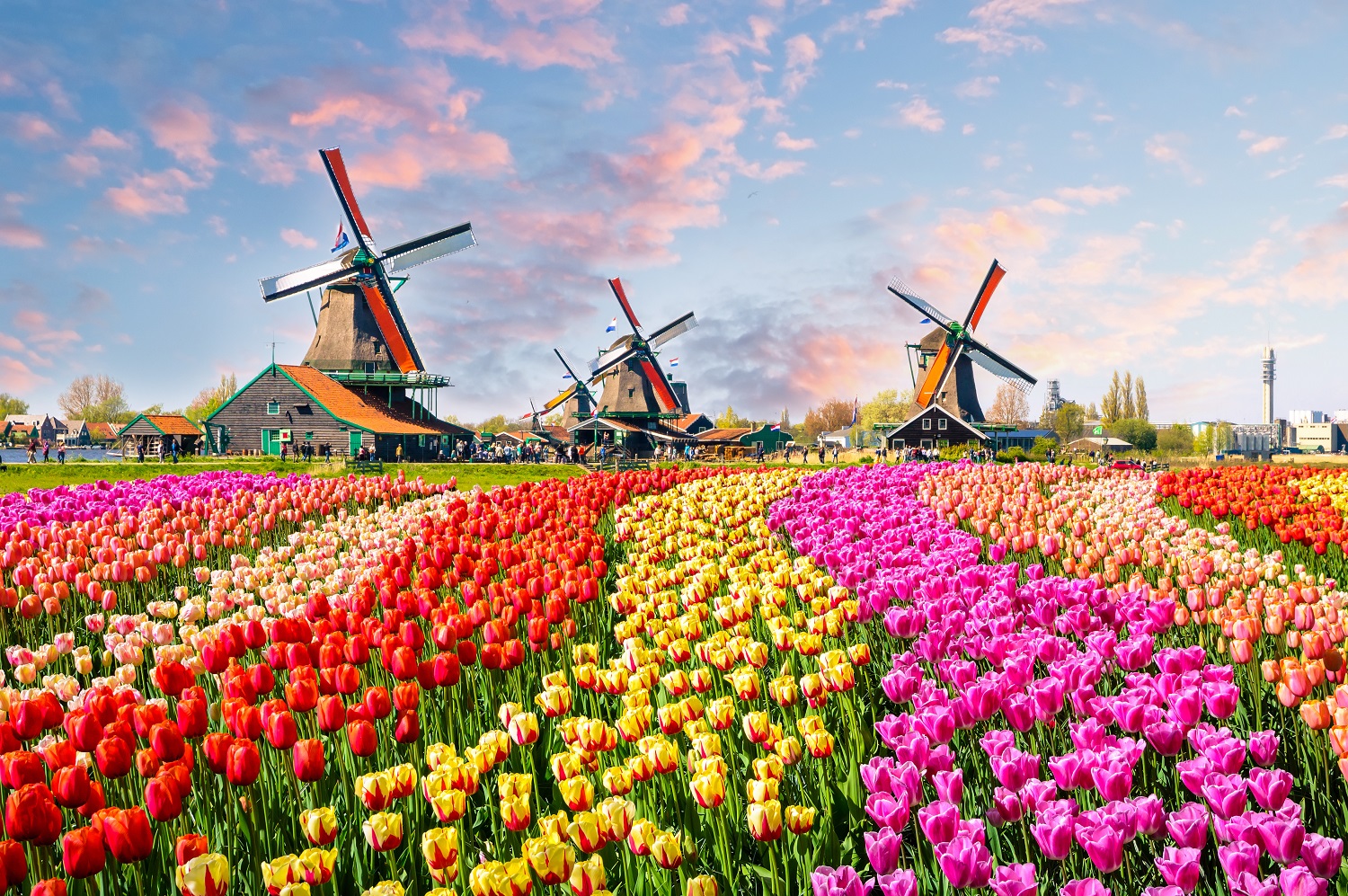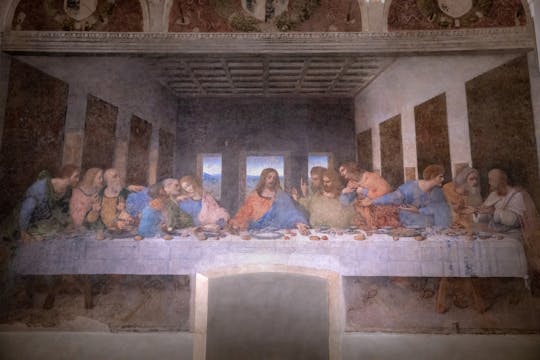
Leonardo da Vinci's Last Supper guided tour with local expert guide
Book a guided tour of the Last Supper in Milan to discover the mysteries hidden behind one of the most important works ever!
en, it
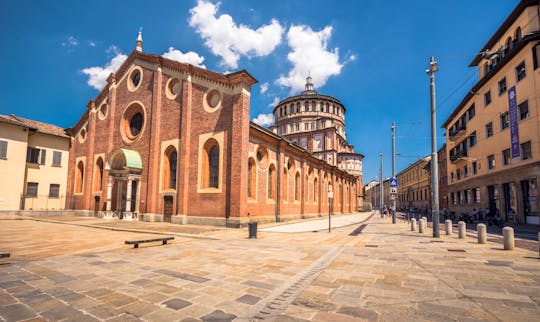
Milan walking tour with Last Supper entrance tickets
Discover the beauty of Milan and visit the Last Supper: you'll admire the Teatro alla Scala, the Duomo, the Galleria Vittorio Emanuele II and more.
en
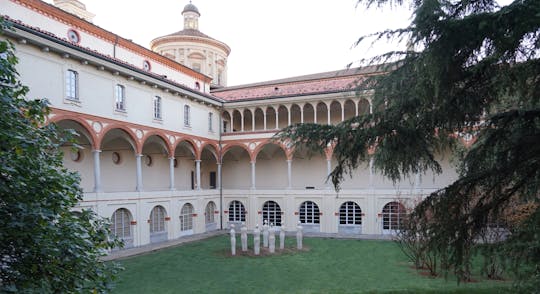
Skip the line tickets to the National Museum of Science and Technology Leonardo da Vinci
Buy your tickets on Musement today for the National Museum of Science and Technology Leonardo da Vinci, the biggest Italian museum dedicated to science and technology.
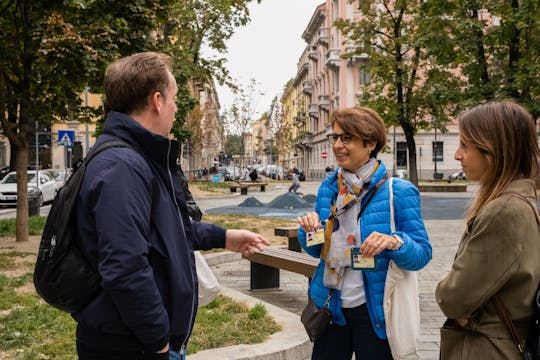
Nat Geo Day Tour: Handmade in Milan
Explore Isola district's heritage and get behind-the-scenes access to artisan workshops. Get hands-on crafting your own arrangement and savor lunch at a trattoria.

Nat Geo Day Tour: A Green and Inclusive Sanctuary in Milan
Visit Cascina Biblioteca, a historic oasis in Milan, where a cooperative helps the vulnerable through a variety of projects such as sustainable farming. Explore on a rickshaw, get hands-on helping in local farming and savor homegrown dishes.
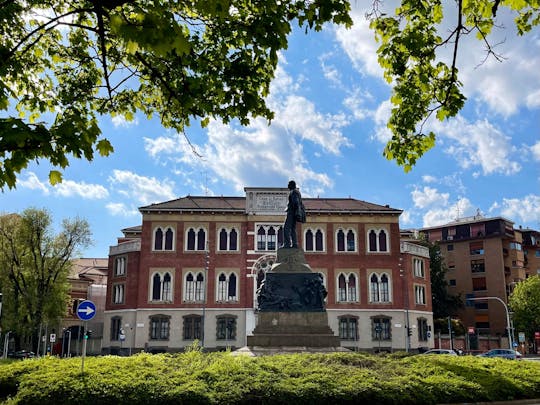
Nat Geo Day Tour: In Verdi's Footsteps
Giuseppe Verdi is celebrated as one of the most influential opera composers of the 19th century, and his work still enjoys great popularity today. Among his best-known operas are La Traviata, Rigoletto and Aida, each telling a very different story but all offering dramatic music and emotional intensity. Taking a tour of Verdi's Milan spotlights his musical genius and reveals his fierce dedication to becoming a maestro of Italian Opera.Discover the legacy he left in Milan, a city he both loved and loathed, with a visit to the Fondazione Giuseppe Verdi, the house that the Opera maestro built to host retired artists and musicians. Here, you'll get a close up look at the life of Verdi and his wife, including their personal belongings, furnishings, art collections, and their final resting places.Next on the itinerary is an opportunity to meet the current residents of Casa Verdi, many of whom are internationally acclaimed artists, and listen to their extraordinary life stories. You are also invited to attend an exclusive performance for National Geographic travelers by one of the residents.Your penultimate stop is La Scala Theatre. Visit the museum and find out the behind-the-scenes anecdotes about Verdi's relationship with the theatre.At the end of the tour, you'll follow in Verdi's footsteps and indulge in an apéritif at Grand Hotel et de Milan, where Verdi lived for 27 years and in fact, where he took his last breath.
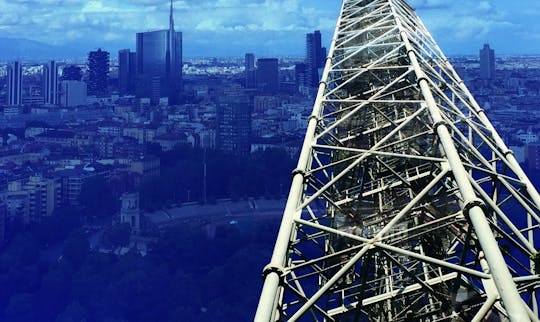
Buy your tickets to visit Torre Branca in Milan. Climb to the city's highest point in Sempione Park and admire the breathtaking skyline.
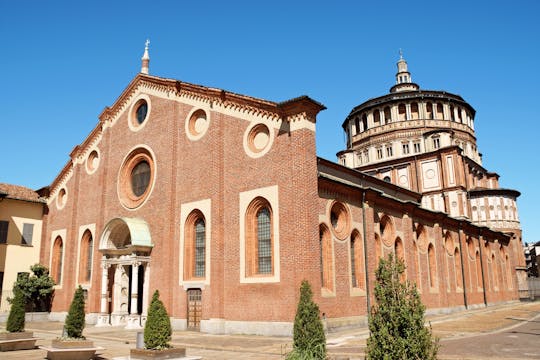
Da Vinci's Last Supper guided tour
Admire Leonardo da Vinci's iconic Last Supper in Milan, enjoy your experience and learn surprising facts from your expert guide.
en
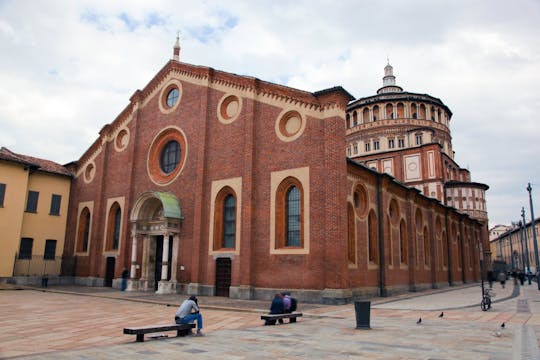
Last Supper self-guided audio tour on your phone without ticket
Enjoy a self-guided audio tour of the Last Supper and Santa Maria delle Grazie in Milan (no entrance ticket).
en, it
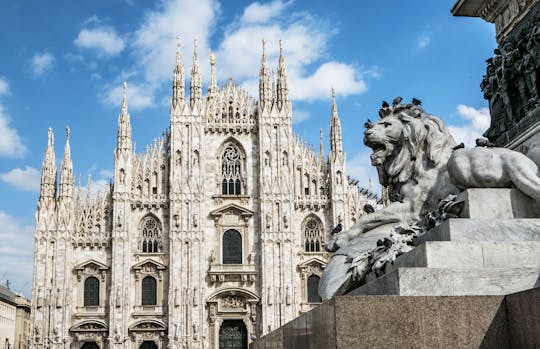
Best of Milan and Last Supper semi-private tour from Duomo
Visit the main gems of Milan with this 3-hour guided walking tour such as Duomo, Galleria Vittorio Emanuele II, Teatro alla Scala, Brera.
en
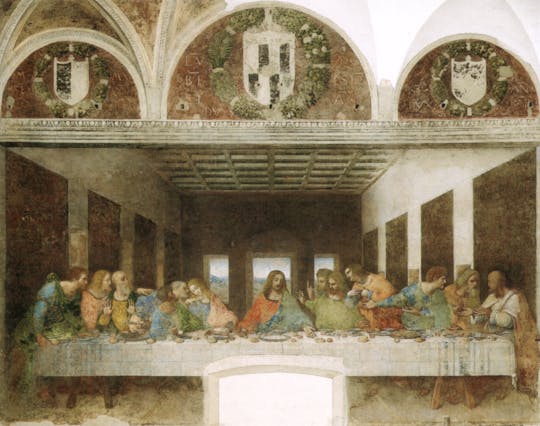
Last-minute Da Vinci's Last Supper guided tour
Save time and money with this last-minute guided tour of Da Vinci's Last Supper in Milan. Enjoy a small group tour with an expert guide!
en

Surprise your beloved ones with our gift card! You select the amount, they choose their favorite activity: tours, museums, sport events, tastings, and more.

